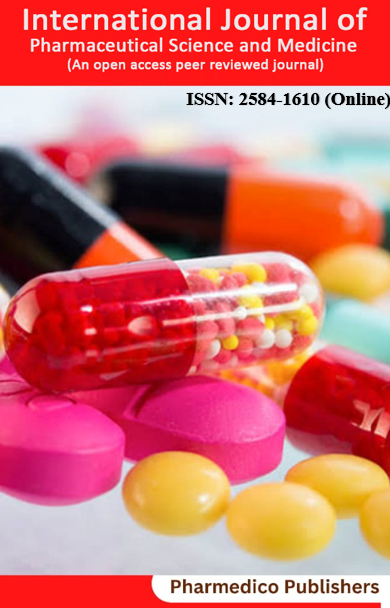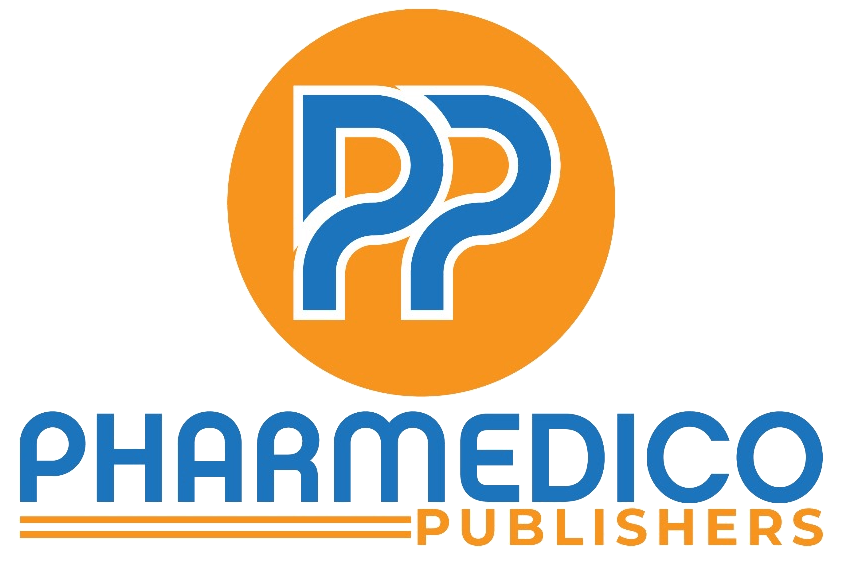ADVANCEMENTS IN ANALYTICAL TECHNIQUES FOR THE IDENTIFICATION OF PHYTOCONSTITUENTS IN HERBAL MEDICINES
Sr No:
5
Page No:
94-101
Language:
English
Licence:
IJPSM
Authors:
Mayank Kumar
Received:
2024-08-11
Revised:
2024-08-29
Accepted:
2024-09-07
DOI:
10.70199/IJPSM.2.3.94-101
Published Date:
2024-09-25
Abstract:
Actually, herbal medicines are an essential part of traditional systems of medicine and are now finding acceptance in modern medicine. However, owing to the bio pharmacological activities of their phytoconstituents, standardization, quality control, and scientific validation face several challenges. Secondary metabolites that are bioactive compounds within the herbal remedies are mostly present within matrix-encapsulated, and matrix variations are not alike which makes the identification and quantification difficult. This review aims at discussing several challenges that are being faced in the phytochemical research, and the evolution in analytical technologist that is being used to overcome these challenges. Contemporary flow-based chromatographic techniques like UPLC and hyphenated methodologies inclusive of GC-MS quickly and accurately separate and quantify the contained phytoconstituents in a highly sensitive manner. At the same time, spectroscopy methods, such as Nuclear Magnetic Resonance (NMR) and Fourier Transform Infrared Spectroscopy (FTIR), enable the analysis of complexes and their structures with little sample pre-treatment required. Hyphenated techniques like LC-MS, HPLC-DAD are amalgamation of two or more than two conventional techniques, which have optimized procedures and detailed solutions for complex herbal matrix. Besides traditional analytical methodologies including conventional laboratory tests, more recent techniques involve portable miniaturized analytical systems, and application of artificial intelligence. These encompass artifacts that enable analysis at the scene or on-site enhancements that use machine learning algorithms to improve analysis of data obtained. However, the common issues are still there, including the cost, technical knowledge, and permission requirements. This review underscores these developments while underlining the concern on safety, quality, and international recognition of these herbal products. Linking conventional practices with innovation, these methods release the potential of phytoconstituents for enhancing the prospect for the world?s health.
Keywords:
Phytoconstituents, Herbal medicines, Analytical techniques, Chromatography, spectroscopic methods
Journal: International Journal of Pharmaceutical Science and Medicine
ISSN(Online): 2584-1610
Publisher: Pharmedico Publishers
Frequency:
Quarterly
Language:
English


